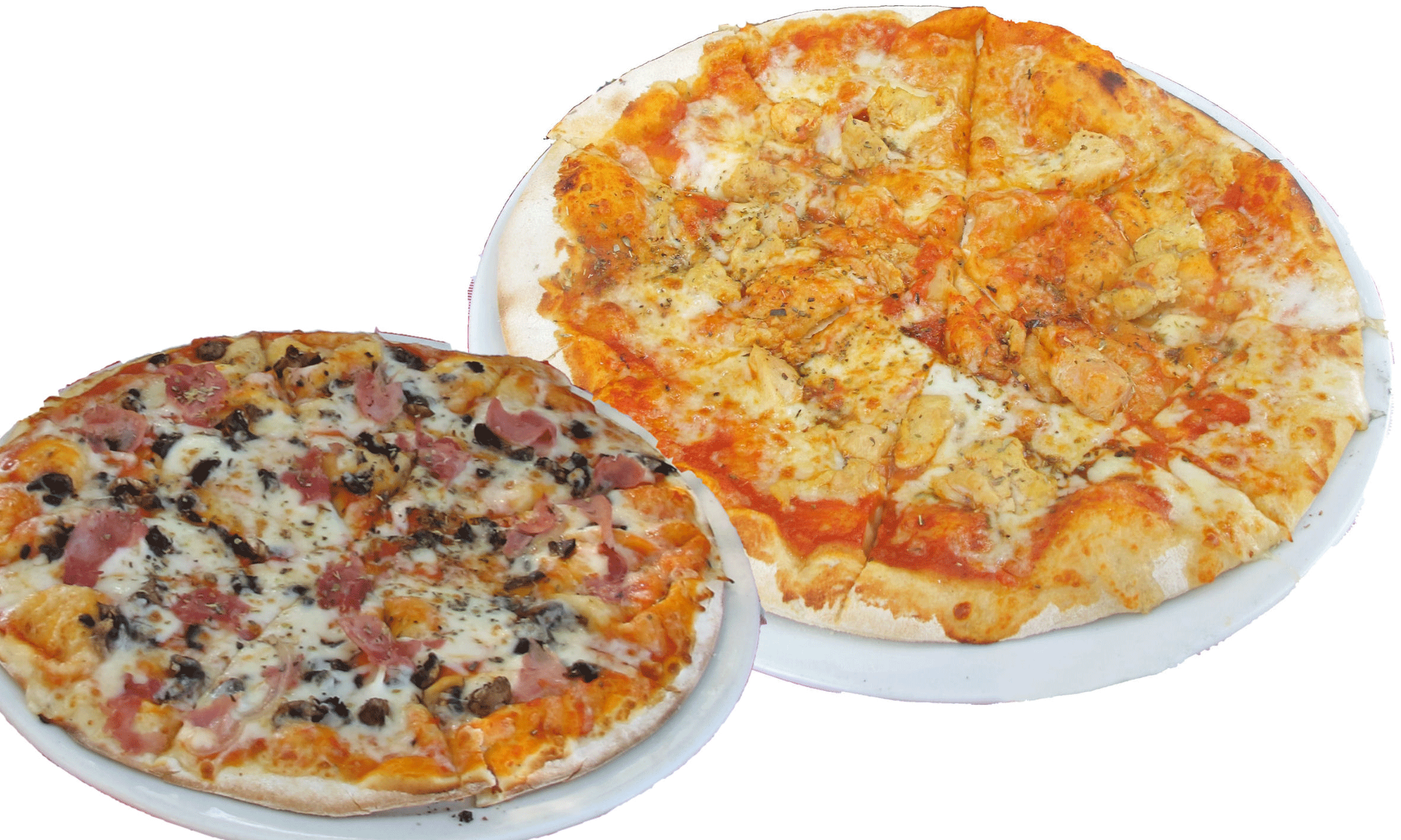
Most cheeses do well when subjected to heat in the cooking process — but there are some which fare even better than most.
REPORT BY MARK MAIR From gorgonzola to gouda, cheddar to camembert, and even those where melting is almost a necessity, like mozzarella and raclette, each has its own melting point and properties that can add flavour and lustre to any dish.
The trick is to use the right cheese for the right cooking occasion, but this is not subject to any set of hard and fast rules.
Pizza and mozzarella are synonymous, but melted blue cheese, feta and camembert also combine very well.
Mozzarella melts with the well-known and much loved gooeyness and stretchy quality that is de rigeur for any credible pizza, but pizza cheese melt combinations are limitless. It’s all about combinations and what you prefer. So what makes a good melting cheese?
There is one for any melting occasion, but not all of them have the stretchy, gooey characteristics of mozzarella, according to Laura Werlin, author of Grilled Cheese, Please. To determine this, Werlin uses the simple press test. If you can make an indentation in the cheese when you press it firmly with your finger, it passes the test — Kefalos Italian mozzarella and gouda are brilliant examples.
You cannot do that with a hard cheese and with a soft cheese like a camembert because your finger will probably go right through.
Think of partnerships and texture. Soft cheeses melt down into creamy dollops and are not easily spreadable, so you would want to combine them with a stretchy gooey partner like the mozzarella or kefalos gouda to give them a more malleable texture.
The pizza industry has by no means the sole mandate on everything in the melted cheese department. Some convenience foods like hamburgers rely on slices of hard or processed cheese to complete the range of burgers and tastes made available to a hungry and expectant public.
These should be applied in a very cold (but not frozen) state to encourage an even melt on the burger. The melting operation itself uses several cooking techniques too.
One of the most common one is to grate your cheese onto hot food where the inherent heat does the job, as per au gratin dishes, or stirred in during preparation — parmesan into risotto dishes comes to mind — but the humble toasted sandwich definitely ranks highly.
We are talking here of one of the ultimate internationally known and much-loved comfort foods.
From the good old cheese and tomato, to the more epicurean sounding Croque monsieur to a grilled cheese and ham croissant, a good old “toastie” fills that gap come breakfast, lunch, dinner, rain or shine.
The ultimate grilled or toasted cheese sandwich should be — according to Laura Werlin — “prepared in a non stick pan; butter or good quality olive oil applied to the outside of the bread, the stove set at a medium heat and then the pan covered; check occasionally until a golden brown outside has been achieved. Covering the pan results in better crispness on the exterior of the sandwich and a more even cheese melt within”.
When paired with a nicely chilled sparkling white wine, all you have to do next is sit back and enjoy!











